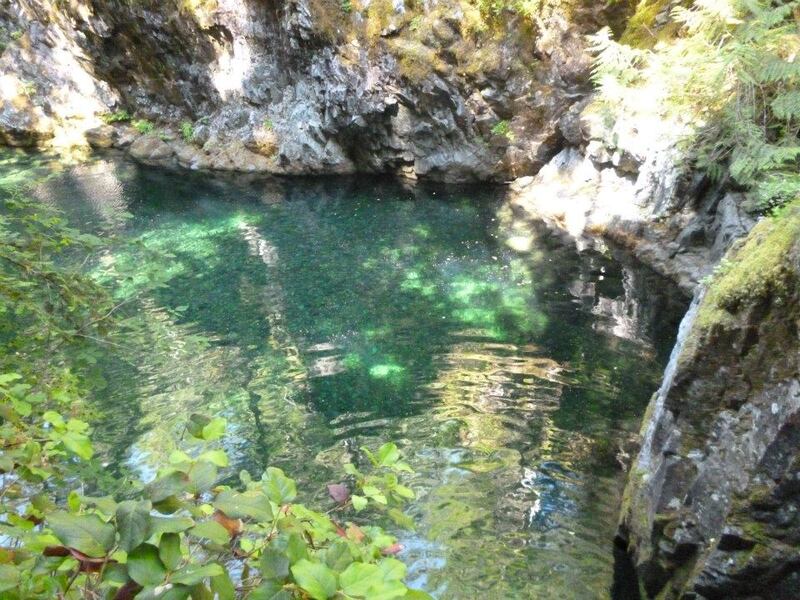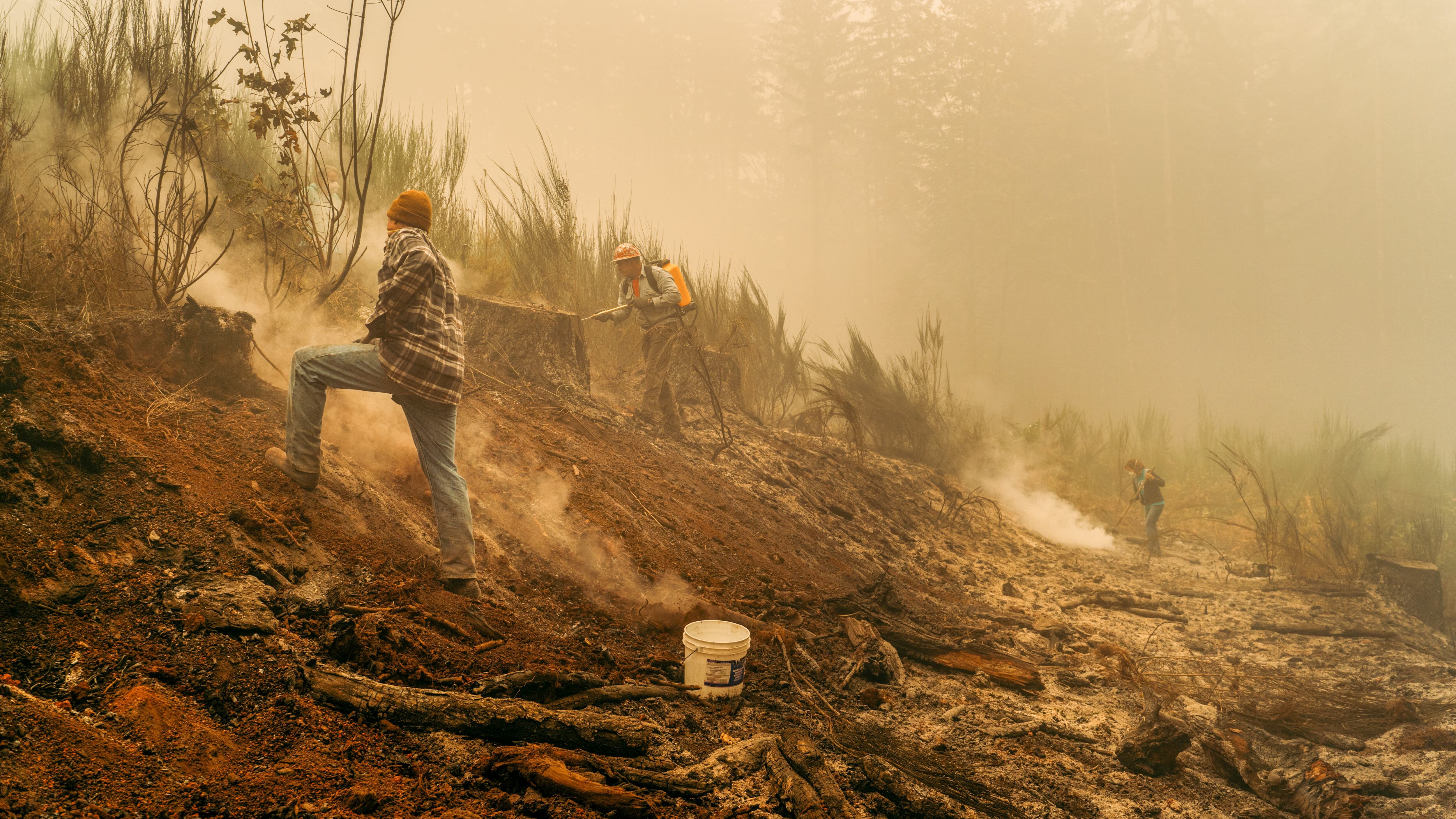Vast swaths of land that have been closed since the historic 2020 Labor Day fires finally reopened this month, including Opal Creek Wilderness—one of the last low-elevation, old-growth forests in the Pacific Northwest—yet much of it still remains inaccessible.
The Willamette National Forest announced Aug. 3 that restrictions had been removed from 188,641 acres under the jurisdiction of the Forest Service. In addition to Opal Creek, that includes Little North Fork.
While those sections of the forest may technically be open, many of the main trailheads and roads leading into Santiam Canyon, along with parks located in that area, are off-limits. Repairs and removal of debris need to be completed to ensure safe travel to popular recreation spots on county-managed roads.
Because of that, the Willamette National Forest says it is inadvisable to venture into those sites at this time.
Not to mention the fact that beloved trails, including the one leading to the turquoise gem that is Opal Pool, are unrecognizable due to the fire damage. The nearly 7-mile round-trip trek took hikers past thick Douglas firs believed to be between 700 and 1,000 years old, a pristine creek, and several waterfalls.
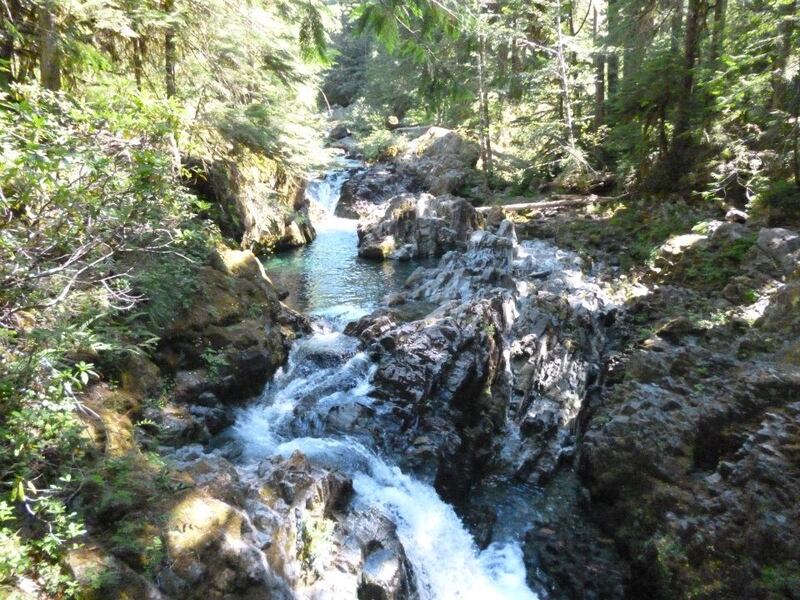
But what made this route a little more special than others was that it also traversed an old mining town that eventually came to be known as Jawbone Flats.

Long before settlers began extracting valuable minerals from the earth, Indigenous people gathered at the confluence of Opal and Battle Ax creeks each summer to forage and hunt. The area also became part of an important trading route with other tribes.
In the 1930s, a mining camp moved in, and many of the old shafts and relics from the people who lived and worked there remained, including a collection of iron stoves, mine trolleys, rusting rigs and cabins. The Opal Creek Ancient Forest Center took over preservation of the location and added a handful of new buildings in order to teach people about old-growth forest ecology and the area’s history.
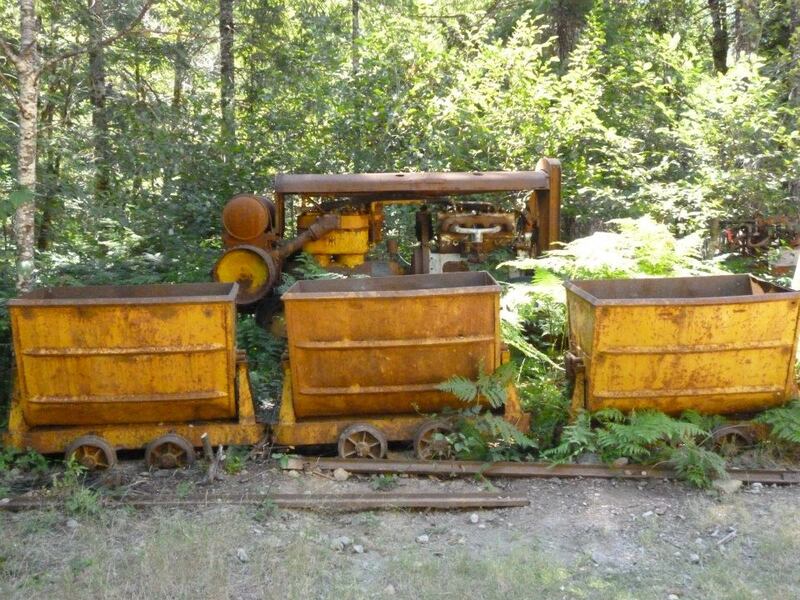
Now, most of that is gone.
Flames obliterated structures both old and new, along with vegetation around the village. A cabin rebuilt in 2000, an outdoor classroom, and the water treatment plant are the only things still standing.
While the artifacts may be a total loss, the forest is already showing signs of regeneration. According to the Opal Creek Ancient Forest Center, land around Jawbone Flats burned twice before in 1550 and 1835, so it has rebounded before. The nonprofit will continue its efforts to educate visitors and already plans to build a new center.
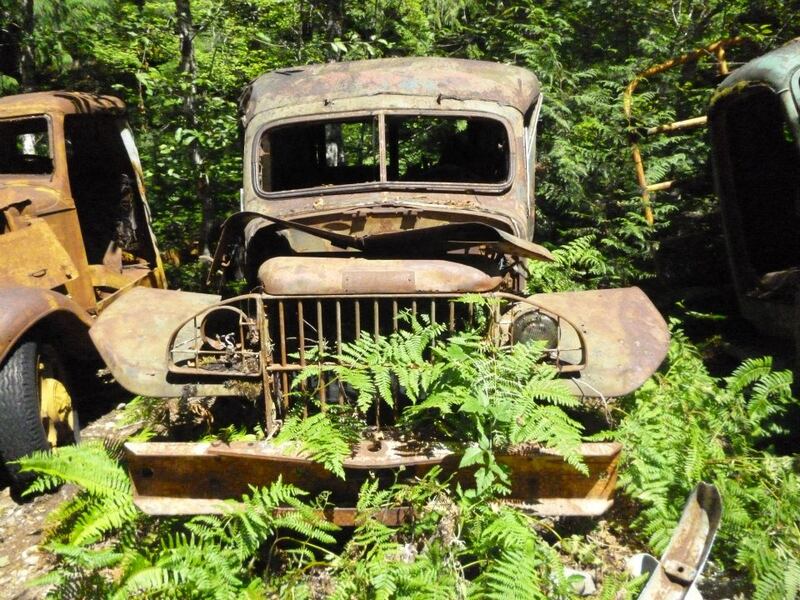
If you do plan to explore Santiam Canyon, be sure to check out this complete map of Forest Service road closures before heading out. Those will remain in place until Oct. 1 at the earliest.
